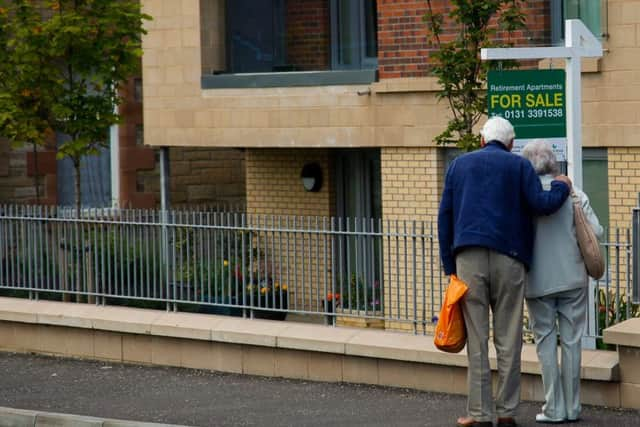Pension contributions set to rise
Experts said the change marks the “end of the beginning” for automatic enrolment – and the next challenge is to make sure workers are saving enough. They said it should become the norm for people to review their pension contributions every time they receive a pay rise, rather than just paying in the minimum which may not be enough for the retirement they want.
The step-up today means a total minimum contribution of 8 per cent of qualifying earnings must be paid into pension pots, of which employers must contribute at least 3 per cent, with the remainder being made up by staff. Previously it was 5 per cent, with 2 per cent from employers and 3 per cent from staff.
Advertisement
Hide AdAdvertisement
Hide AdThis month’s uplift in contributions follows a rise in April 2018 as people become more acclimatised to pension saving. Automatic enrolment was introduced in 2012 to head off fears of a looming old age savings crisis. Opt-out levels so far have been much lower than expected, with around nine in ten people staying in their workplace pension.


Sir Steve Webb, a former pensions minister who is now director of policy at Royal London, said: “This final step up in contributions marks ‘the end of the beginning’ for this whole exercise.
“Ten million workers have been successfully enrolled and minimum contribution rates have now been stepped up … We need to ensure that no-one assumes that the government has chosen contribution rates which will guarantee a comfortable retirement.
“Just as saving into a pension has now become a social norm, we need to establish a further norm that people review their contribution rates every time they get a pay increase and gradually step up to the sorts of levels needed for a good pension.”
Robert Cochran, retirement expert at Scottish Widows, said: “We’d encourage people – if they are able – to top up their monthly contributions, as a little extra each month could make a bigger difference in later life than they may expect.”
He also said not everyone is benefiting from the initiative and more workers should be included, adding: “Those earning less than the £10,000 threshold … are missing out.”
According to calculations from Hargreaves Lansdown, the average worker will see an extra £30 leave their pay in April in pension contributions. It said this could potentially boost the pension pot of someone aged 22 who only makes minimum contributions by half – around an extra £55,000, based on average earnings – by the time they retire.